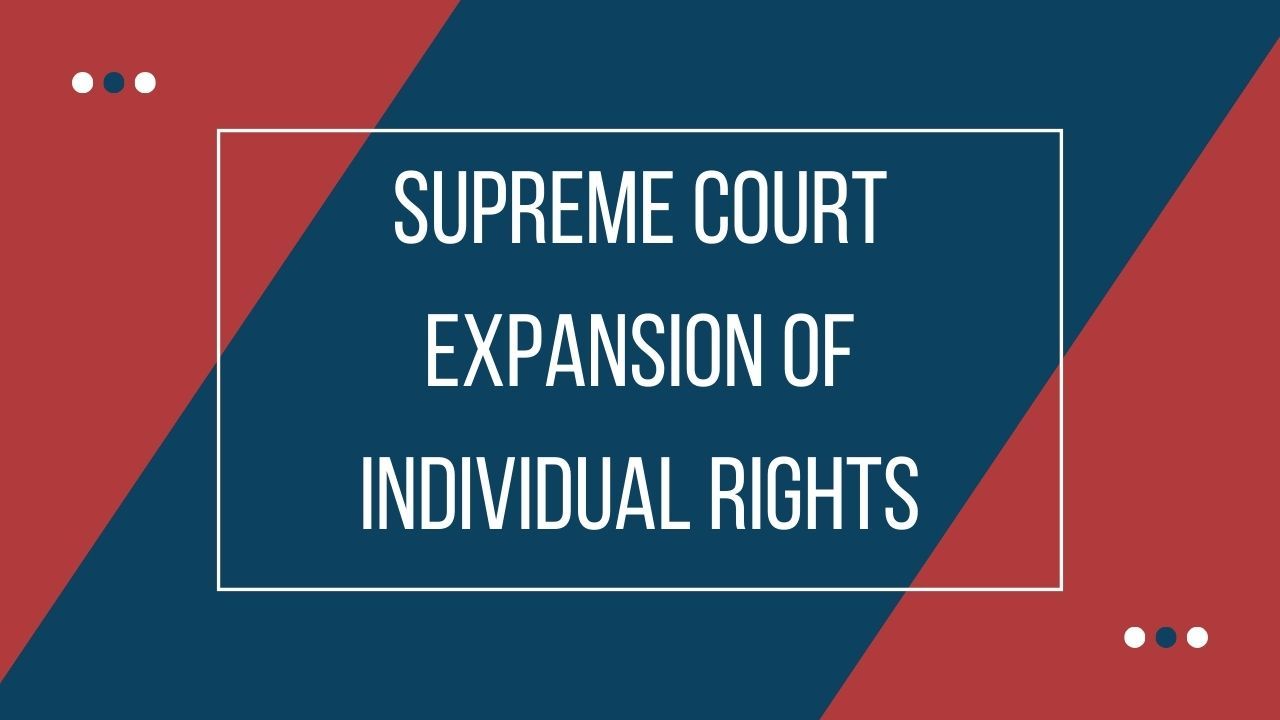AP US History in 1 Minute Daily: Supreme Court Expansion of Individual Rights (Day 284/309)
Apr 18, 2024
Hey APUSHers, let’s chat about Supreme Court Expansion of Individual Rights as part of my series- APUSH in 1 Minute Daily!

Supreme Court Building Façade, Wikimedia Commons
With the increase in civil rights activism by many groups, the Supreme Court confronted many cases testing the constitutionality of discriminatory practices, governmental policies, and societal norms.

Miranda v. Arizona, Oyez
In Miranda v. Arizona in 1966, the Court established the requirement for law enforcement to inform suspects of their rights, including the right to remain silent and the right to legal counsel protecting individual’s 5th Amendment rights.

Educational Form Used in the 1950’s, Disability Justice
The rights of individuals with intellectual disabilities to receive education and treatment services was explicitly secured ensuring equal access to education for all members of society, regardless of ability in PARC v. Commonwealth of Pennsylvania in 1972.

Bakke Protest, The Wall Street Journal
In Regents of the University of California v. Bakke in 1978, the Court ruled that affirmative action in college admissions was constitutional but limited the use of racial quotas, contributing to both equal protection and debates over affirmative action policies.
During the 1960s and 1970s, the Supreme Court played a crucial role in expanding individual liberties and promoting equality under the law in the United States.
Join me tomorrow as I explain the Counterculture in the next APUSH in 1 Minute Daily!
Stay connected with news and updates!
Join my mailing list to receive the latest news and updates from apushladyboss.
Don't worry, your information will not be shared.
I hate SPAM. We will never sell your information, for any reason.
